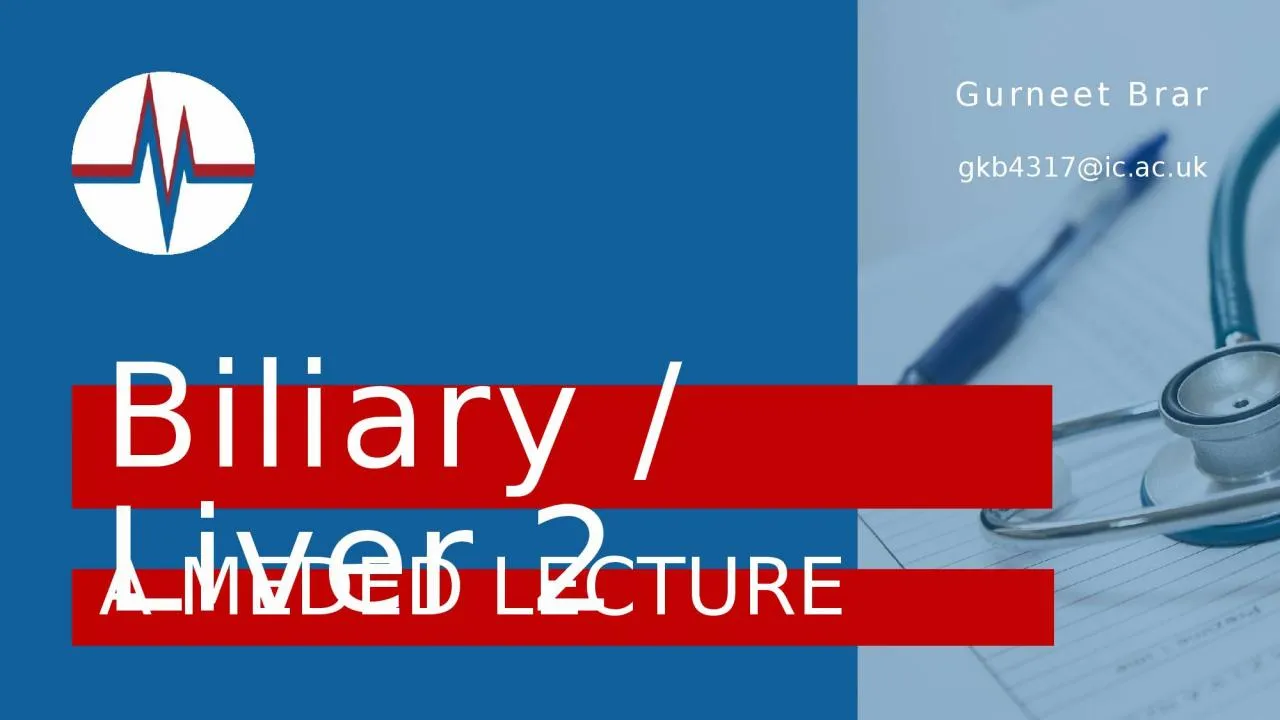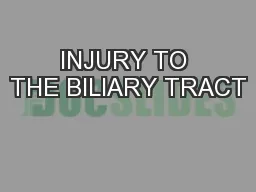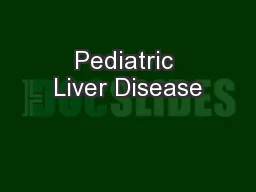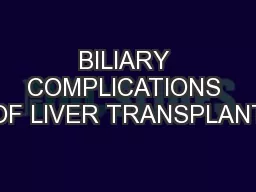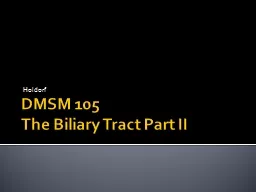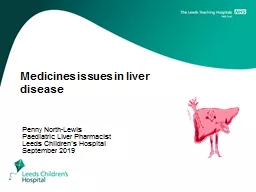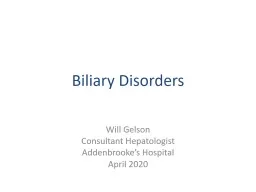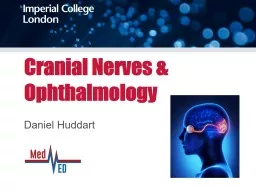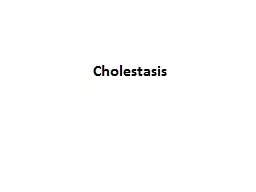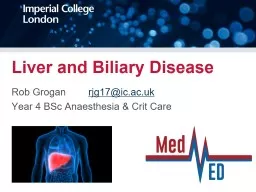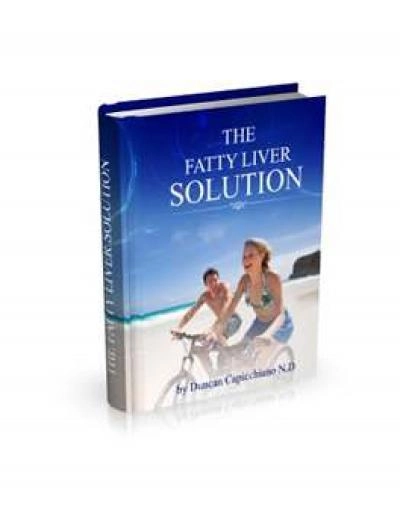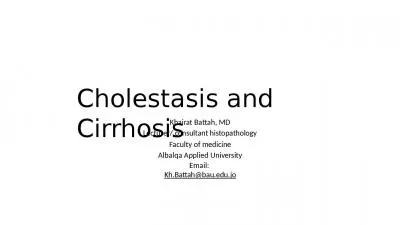PPT-A MEDED LECTURE Biliary / Liver 2
Author : rosemary | Published Date : 2022-04-07
Gurneet Brar gkb4317icacuk Session Overview Overview of the liver and biliary system Cancers of the liver and biliary system Inflammatory disorders Genetic disorders
Presentation Embed Code
Download Presentation
Download Presentation The PPT/PDF document "A MEDED LECTURE Biliary / Liver 2" is the property of its rightful owner. Permission is granted to download and print the materials on this website for personal, non-commercial use only, and to display it on your personal computer provided you do not modify the materials and that you retain all copyright notices contained in the materials. By downloading content from our website, you accept the terms of this agreement.
A MEDED LECTURE Biliary / Liver 2: Transcript
Download Rules Of Document
"A MEDED LECTURE Biliary / Liver 2"The content belongs to its owner. You may download and print it for personal use, without modification, and keep all copyright notices. By downloading, you agree to these terms.
Related Documents

